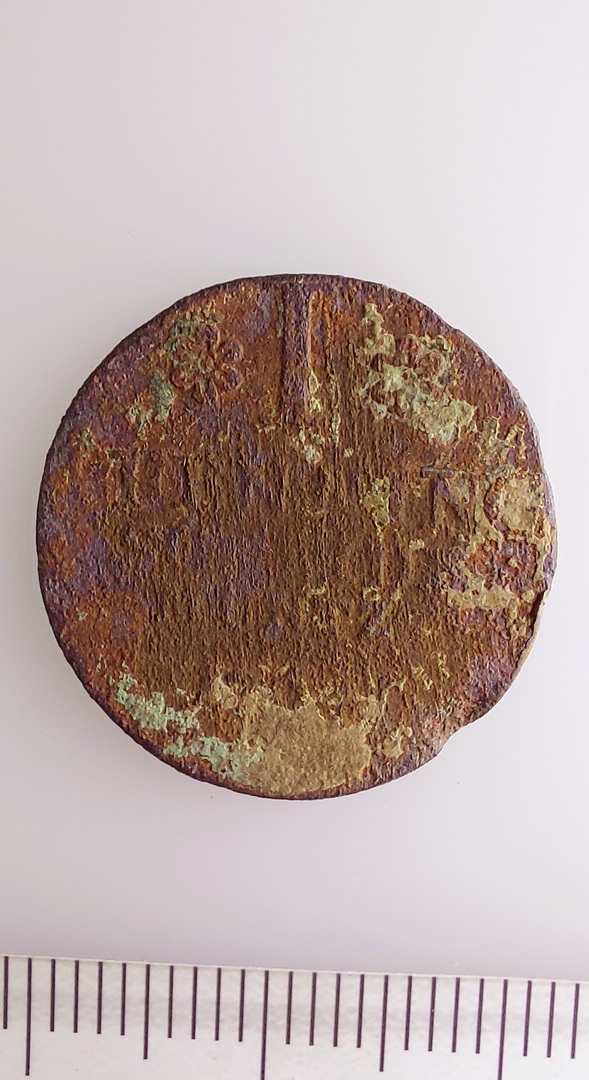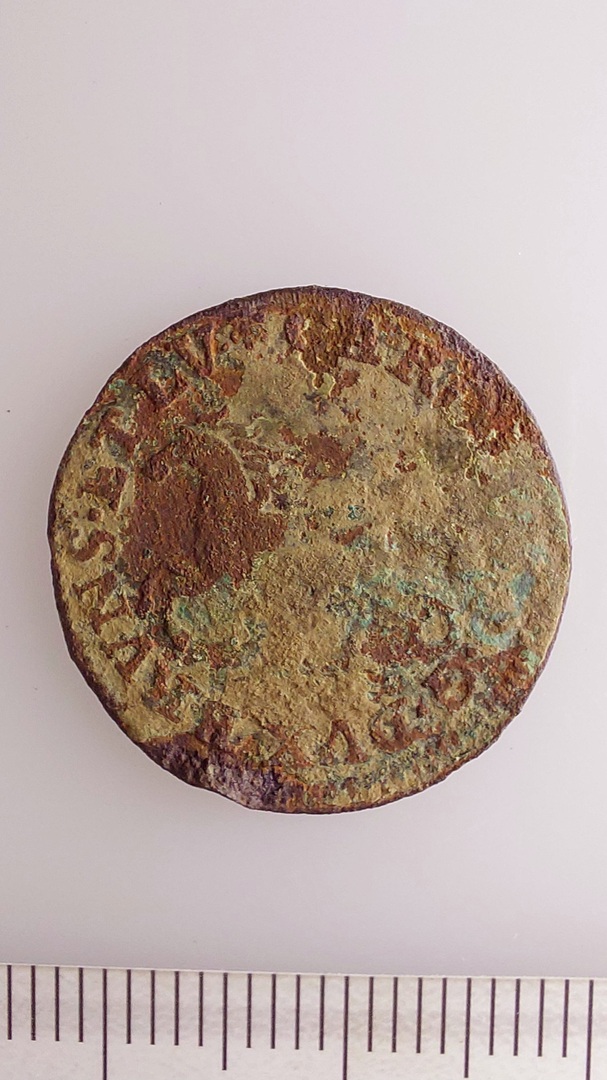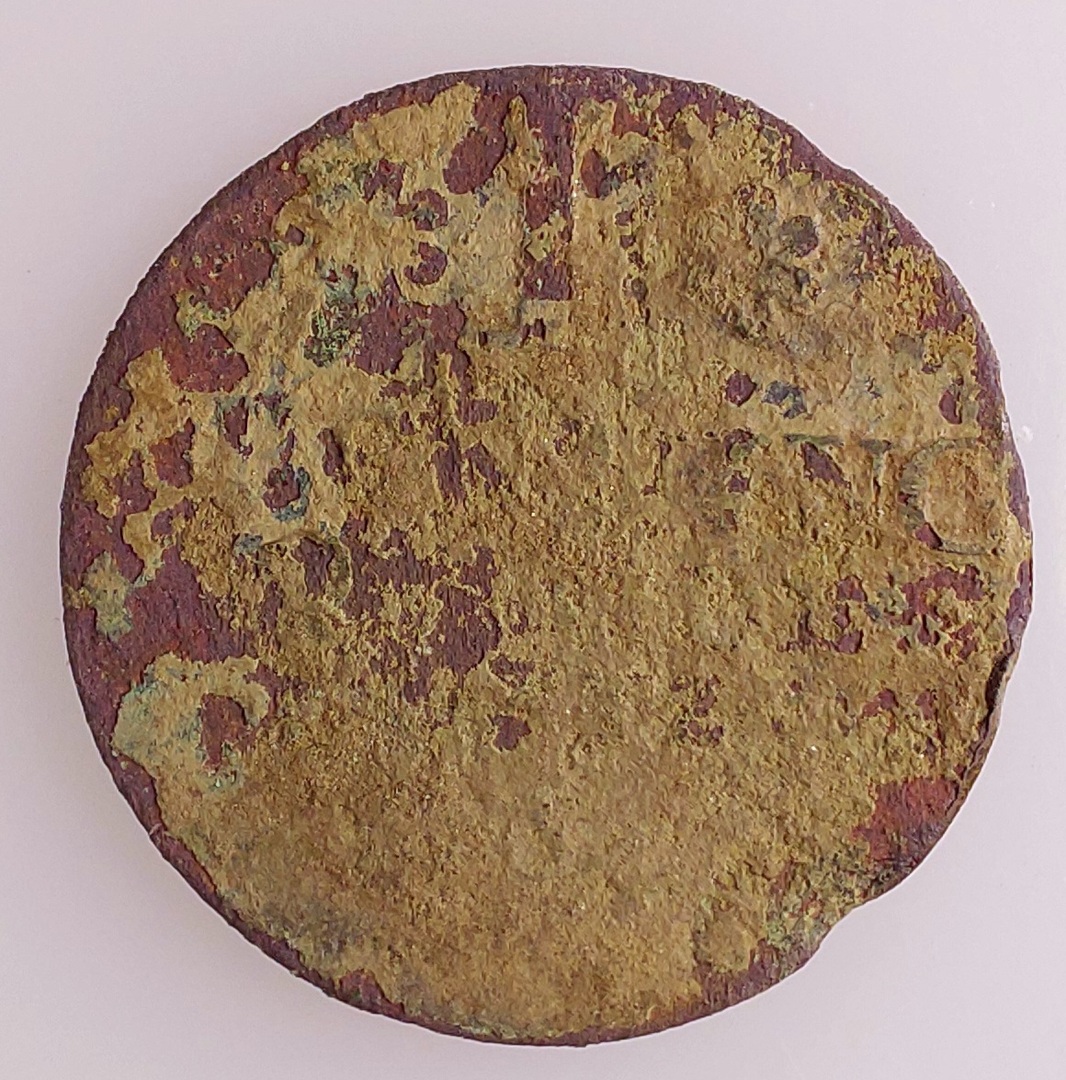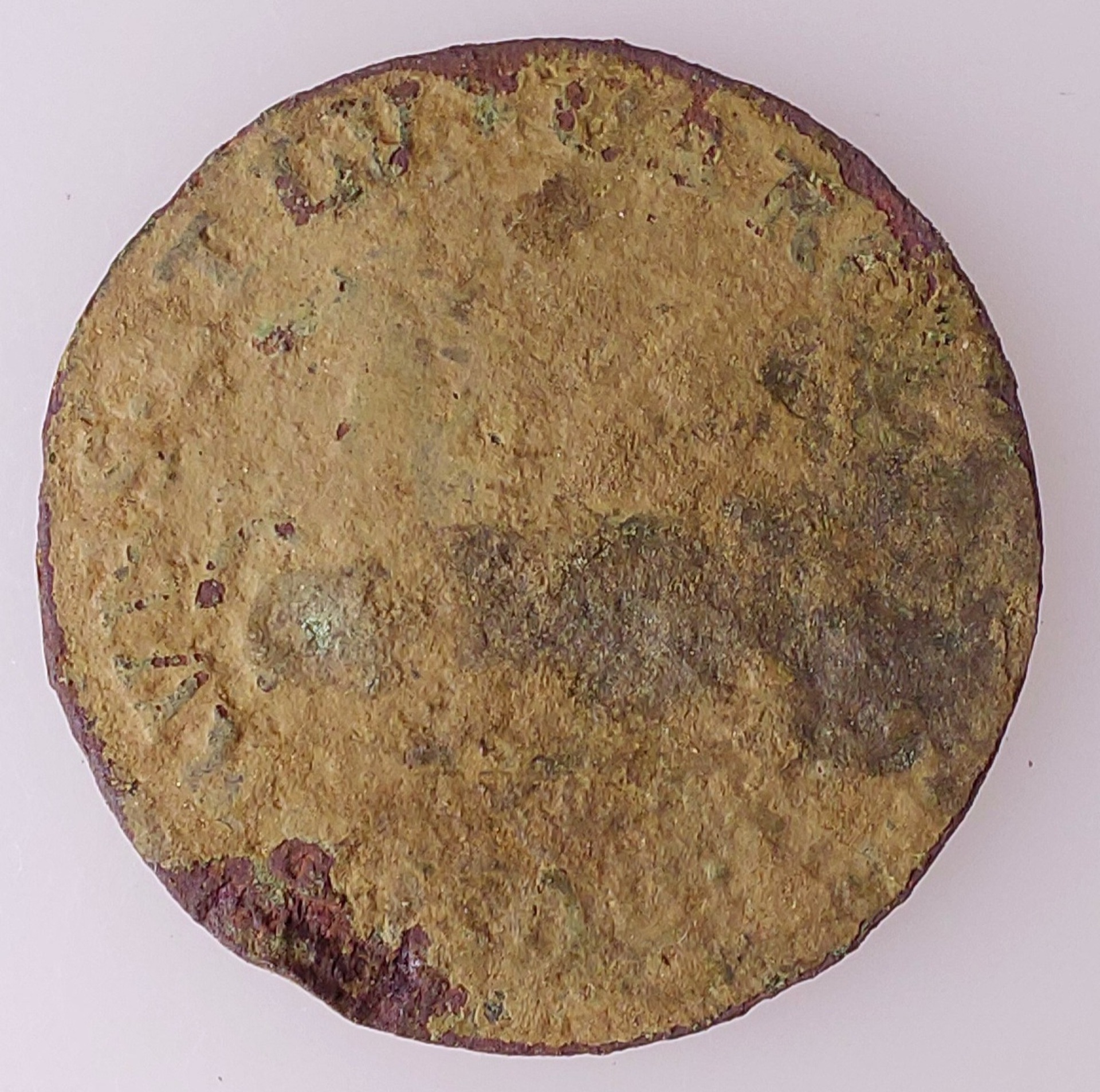Category:
Period:
Material:
Copper
Detector:
XP Deus 2
Country:
Germany
County:
Northeim
Please help us identify this find!
Note on cleaning:
This find has been cleaned chemically or mechanically, which can lead to the destruction of the intact patina and surface of the find. All finds should first be presented to the responsible archaeologist for identification in order to decide on further cleaning.
This find has been cleaned chemically or mechanically, which can lead to the destruction of the intact patina and surface of the find. All finds should first be presented to the responsible archaeologist for identification in order to decide on further cleaning.
Front / Cleaned with chemicals
Rear / Cleaned with chemicals
Cleaned with water & brush
Cleaned with water & brush
Social Media & E-mail
Copy and share link:
To write a comment, please log in.


















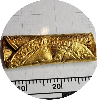




Markus Wehmer 25.9.2024
I am not a fan of "chemical cleaning" of probe finds. Of course, you can see a little more this way, but the find and the metal surface are completely ruined afterwards. 😒 Under no circumstances should finds be treated - with any chemicals whatsoever - before they are presented to the responsible archaeologists! In the case of a really important find (Roman coin, for example), even professional restoration cannot save what "chemical cleaning" has already destroyed. The same applies, of course, to mechanical cleaning attempts. I am writing this here in a very general way so that all viewers of this find will remember it. Best wishes, Markus
1
4 Replies
Jan 25.9.2024
In this case, the coins have already been checked and have ended up back with me. Personally, I prefer to identify which coin it is and try to get something out of it. But in general, and especially for newcomers, it is absolutely right to send/bring/post it to the archaeologist first and then decide on the rest.
2
Jan 25.9.2024
So that viewers can classify this correctly and act accordingly in the future, we add a note to ALL finds that have been cleaned accordingly: Note on cleaning: This find has been chemically or mechanically cleaned, which can lead to the destruction of the intact patina and surface of the find. All finds should first be presented to the responsible archaeologist for identification in order to decide on further cleaning.
2
Markus Wehmer 25.9.2024
Thank you! I think that's a great idea! Because many YouTube videos or forum posts give the impression that it would be right to start the "restoration" yourself straight away.
2
Markus Wehmer 25.9.2024
Oh, always these typos when you write from the phone display...
Sondelreise 28.11.2024
Braunschweig Wolfenbüttel 1 Pfennig
1
Related finds
Coins > Europe > Germany > Germany 600 - 1871 > Braunschweig-Wolfenbüttel > Friedrich Ulrich (1613 - 1634)
17th century AD
Silver
Coins > Europe > Germany > Germany 600 - 1871 > Braunschweig-Wolfenbüttel > Karl II. Wilhelm Ferdinand (1780 - 1806)
Silver
56 (Xp Deus 2)
